Season’s greetings! The holiday season is in full swing, but the end is in sight. This is an extremely unique time of year. It’s critical for us to slow down and reconnect with our loved ones. That includes our pets! With New Year’s Eve around the corner, you will want to take a few steps to keep your pet safe. A local San Rafael, CA veterinarian discusses pet safety in this article.
Toxins
Poison is a constant threat to your pet, regardless of the season. Many home objects, for example, are harmful to pets. Household cleansers, automobile goods, insecticides, lawn/garden items, and medications would all be included on this list. Antifreeze is another major concern. It is particularly toxic to pets. Unfortunately, many animals prefer the flavor. Choose a pet-friendly brand. It’s also best to play it safe and clean up any spillage right away. Put litter down on damp spots, just to be sure.
Safe and Unsafe Foods
Food is another worry. We all adore those delicious holiday feasts, and they aren’t over yet! Fido and Fluffy are also quite skilled at persuading us to share information with them. While some things are safe, others can make your furry pal very sick, and some are even fatal.
Here are some of the hazardous foods:
Sweets
Anything high in sugar is generally unsuitable for your pet. However, some items are more hazardous than others. Xylitol is one of the major issues. Also known as birch sugar, it can cause hypoglycemia (low blood sugar) in pets. Symptoms include weakness, tiredness, and vomiting. Seizures and black and/or tarry feces are examples of more dangerous symptoms. Unfortunately, consumption can cause liver failure, coma, and even death.
Chocolate/Caffeine
Chocolate is frequently at the top of the list of hazardous foods for dogs and cats, and for good reason. It contains something called theobromine, which pets cannot digest. In tiny dosages, it might produce nausea and diarrhea. Larger characteristics may cause seizures, heart problems, coma, or death. Even worse, the fatal amount is sometimes as low as one ounce per pound of a pet’s body weight.
Grapes, Currants And Raisins
These small fruits are beneficial to humans but highly harmful to dogs. In fact, dogs can suffer organ failure after ingesting just one. The problem here is tartaric acid, which causes serious—and sometimes fatal—damage to dogs’ kidneys.
Meat on the Bone
Fido and Fluffy will undoubtedly take note of those scrumptious main courses. You can share meat, fish, and fowl with your pet, but only cooked, unseasoned meat that is free of skin, bones, and fat. Bones are particularly harmful when cooked. They become quite fragile and can break into sharp shards. These pose significant choking hazards and can cause major internal harm if consumed.
Other harmful foods include garlic, onion, and chives, avocado, uncooked dough, coffee, macadamia nuts, and anything high in salt, sugar, or fat. Alcohol is also a definite no. Ask your veterinarian about safe and harmful foods.
Be Cautious With Plants
Did you get plants as a present this year? These festive decorations can potentially be dangerous to playful pets. Many of these seasonal favorites are really harmful to our pets!
Holly includes methylxanthines, saponins, and cyanogens. If swallowed, these can cause vomiting, diarrhea, and other symptoms. Poinsettias can cause gastrointestinal problems. In fact, consuming too many leaves can be lethal. Lilies are among the most harmful plants for cats. In fact, even nibbling a few leaves or drinking a little water can cause deadly organ damage in cats. Ivy includes triterpenoid saponins, which are harmful to pets. Symptoms of ingestion include vomiting, diarrhea, and drooling. Mistletoe produces the cytotoxin viscumin, which is poisonous to dogs. Symptoms may include vomiting, diarrhea, respiratory troubles, low blood pressure, abdominal pain, and heart problems.
Stick to plants that you know are safe for pets. If you got real plants, keep them away from those furry paws! Keep in mind that even healthy plants might become dangerous if they are covered with glitter or decorated with small objects, like tiny reindeer. Ask your veterinarian for further information on safe and dangerous plants.
Be Very Careful With Flames And Fire
Chestnuts roasting over an open fire may be an iconic image, but you must use caution to keep any fire or flames contained. If your fireplace uses wood, put a grate in front of it. This is simply a basic common safety precaution. Candles should also be placed in high places. Be careful with potpourri burners as well!
Be Aware Of Stress
Holiday stress is a real problem for both humans and pets! Pets are creatures of habit. Schedule changes, visits, travel, and even environmental changes can all be upsetting for them. This will really come into play on New Year’s Eve, when the noise of partygoers and fireworks can upset our furry pals.
Try to keep your pet’s schedule as consistent as possible. Also, just pay particular attention to Fluffy and Fido. If you are planning to have guests over, provide pets with a safe, quiet space to unwind away from the hubbub.
If your pet is easily frightened, talk to your veterinarian about pet-calming products. There are various options available, including treats, sprays, and collars. Simply follow the packaging directions to the letter.
Book An Appointment At Our San Rafael, CA Pet Hospital
We all wish you a Happy New Year. Please contact us for all of your pet’s veterinary needs. As your San Rafael, CA pet hospital, we are here to help!
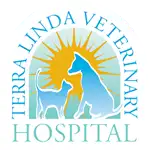
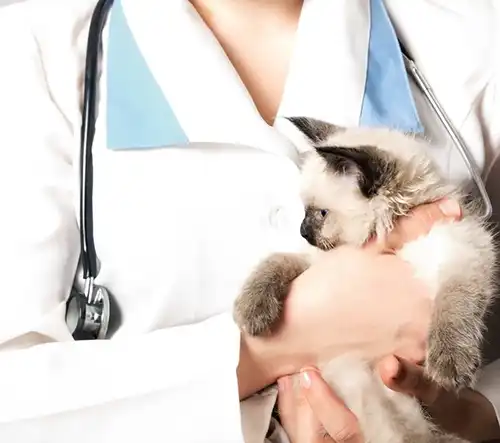
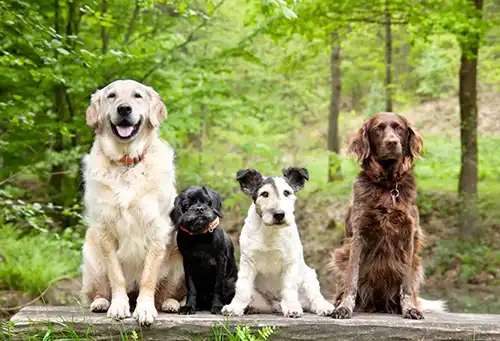

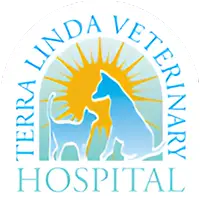
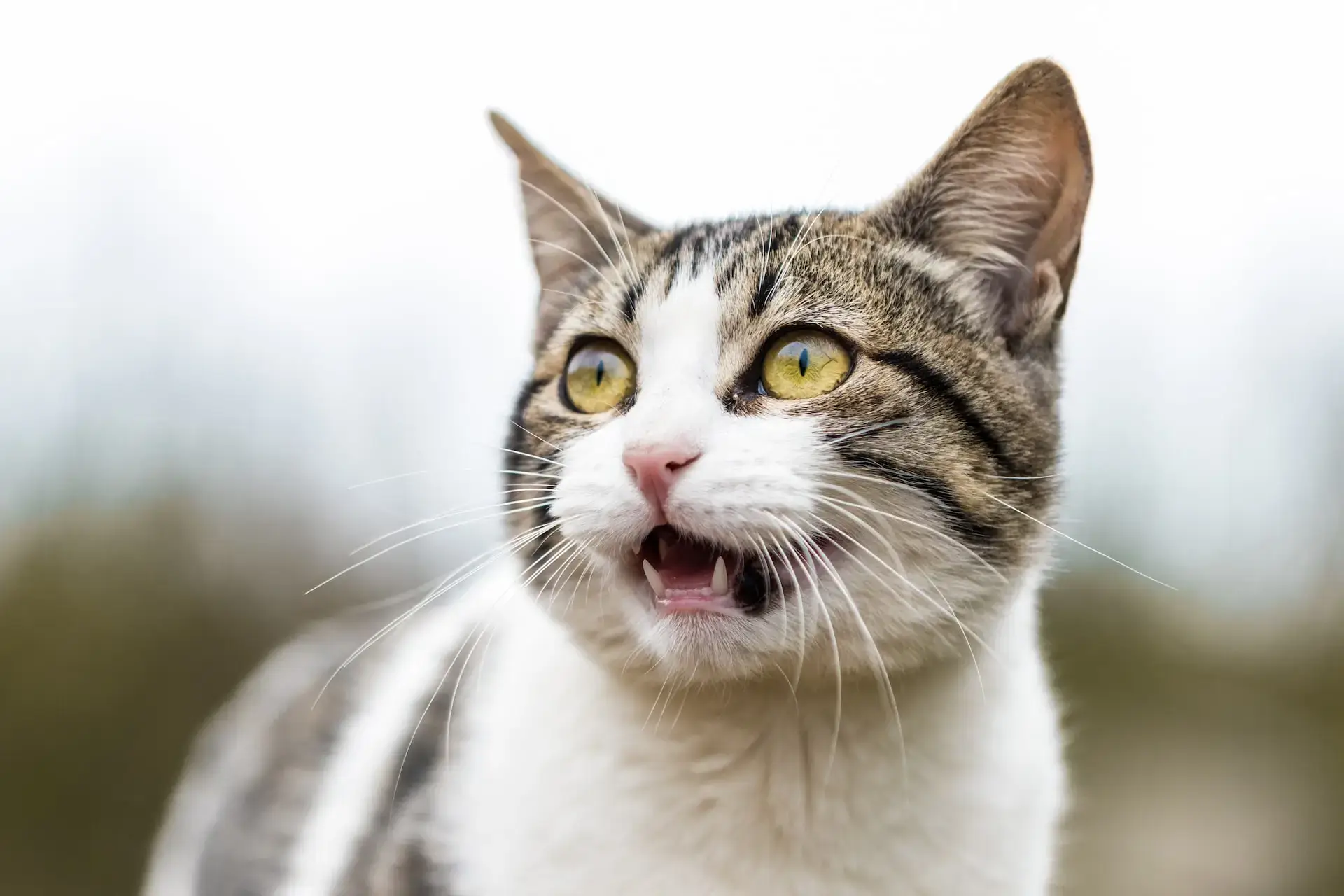
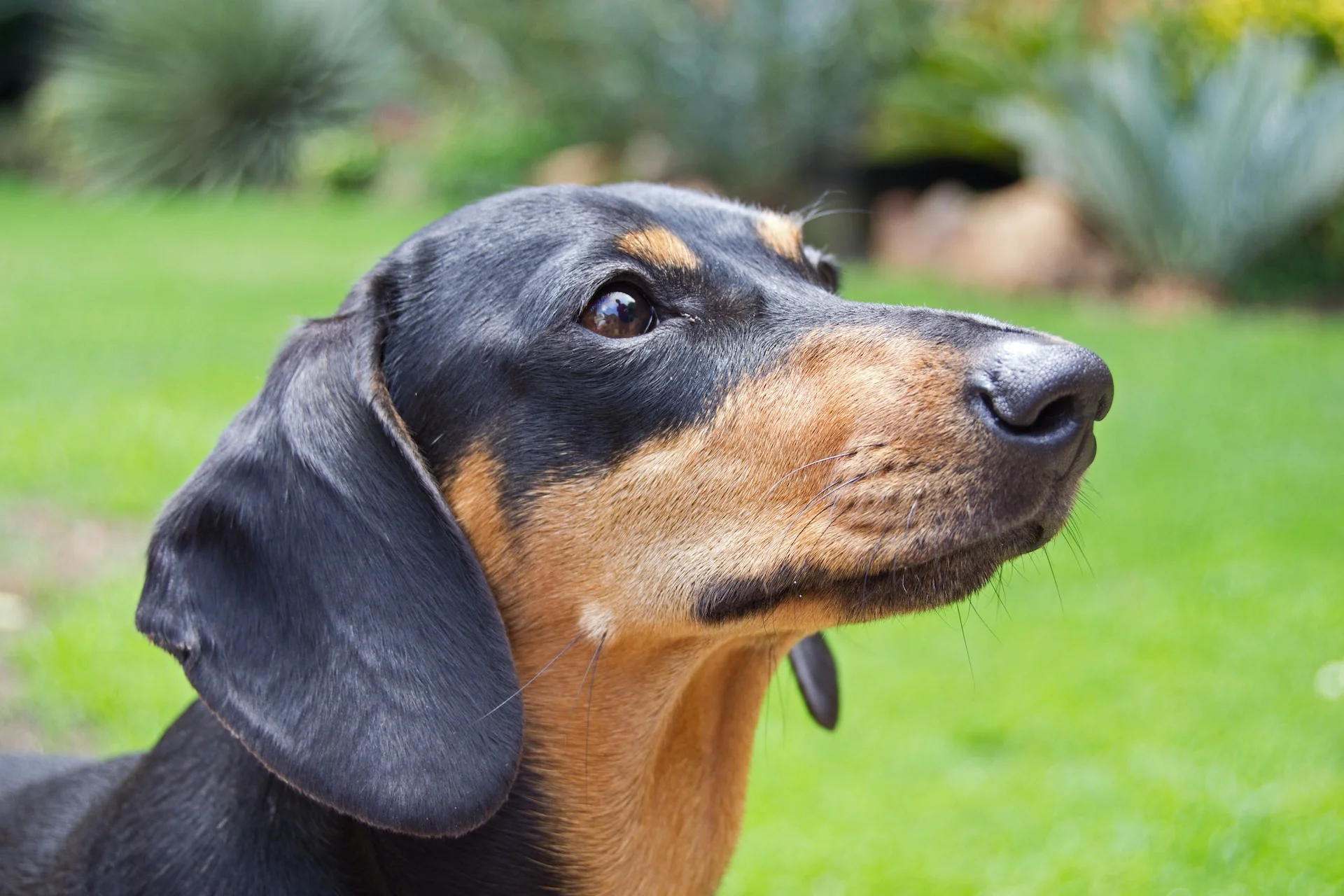
!Social Media Icons